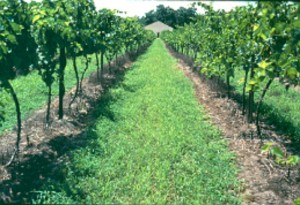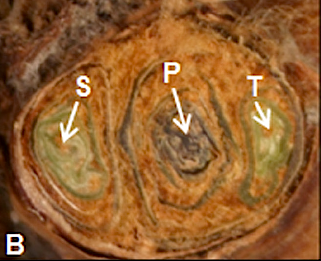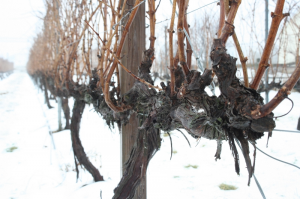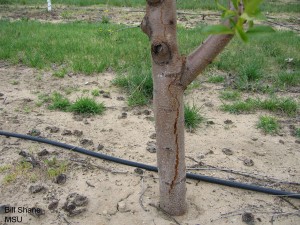The program for the control of annual weeds in the vineyard should consider the weed free strip under the trellis and the sod middles between the rows separately.

Good weed control eliminates weed competition, improves air circulation, and fungicide and insecticide spray coverage.
The “Weed Control Season” starts in late fall, after harvest. The program implemented in the spring depends on what herbicides were applied the previous fall. If herbicides were applied in late fall, applications can be delayed until later in the spring. Residual herbicides should be applied in late winter or early spring after the soil is no longer frozen, if no late fall treatment was applied. [Read more…]

 Accurate self-assessment of bud viability and fruitfulness is sound vineyard management when dealing with the effects of the unusually cold temperatures experienced this winter.
Accurate self-assessment of bud viability and fruitfulness is sound vineyard management when dealing with the effects of the unusually cold temperatures experienced this winter.

